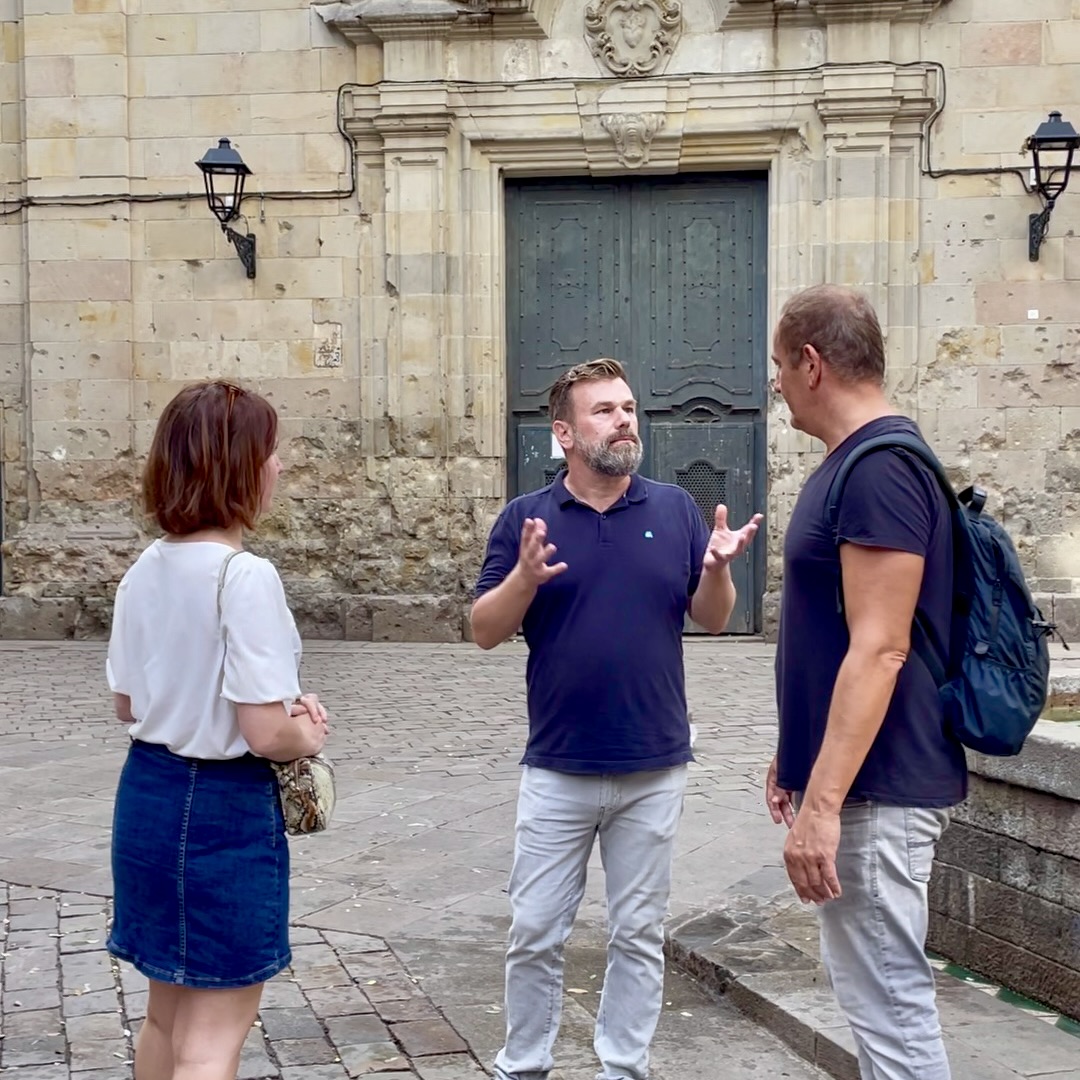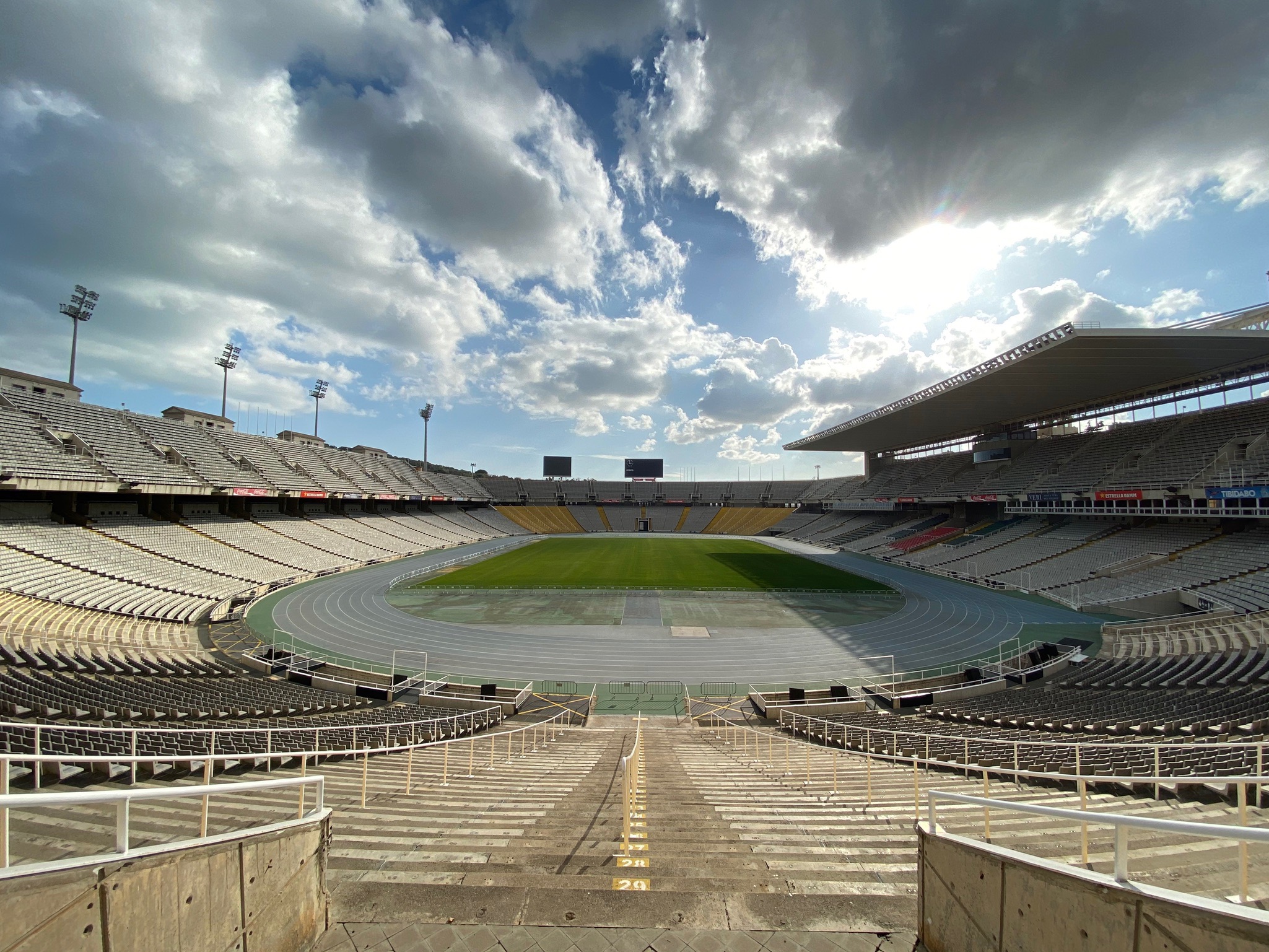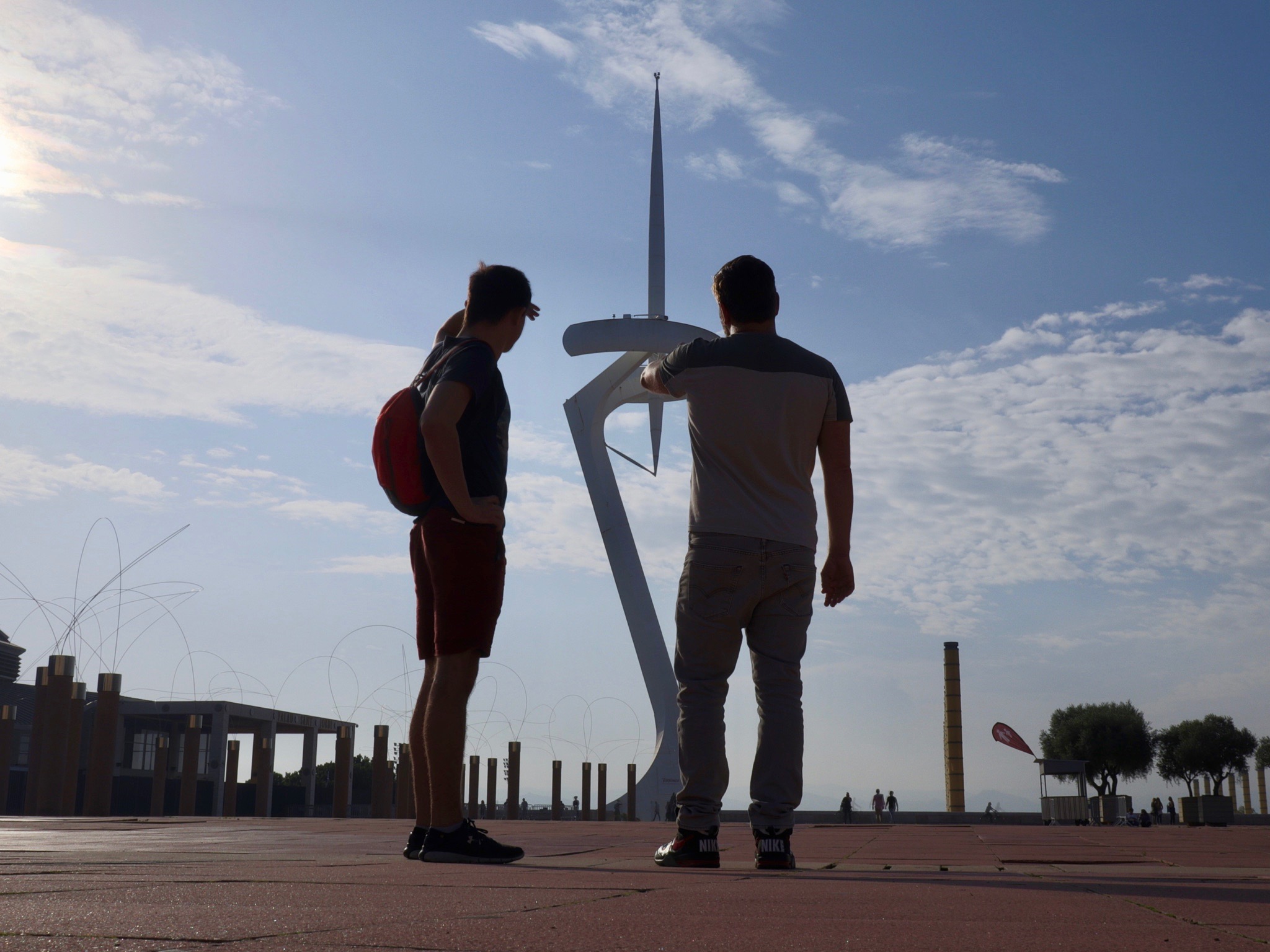Last Updated on April 26, 2024 by Christian Heide
On December 6th, 2018 Spain officially celebrated its 40th anniversary of being a democracy. It is a bank holiday in all of the country. After a referendum on this day in 1978 the Spanish people voted with 92% in favour of the new democratic constitution. In Catalonia more than 90% of the population voted for the acceptance.
Spain – from dictatorship to democracy
Preceding to this important event a three years transition phase after the death of dictator Franco took place. The former general had ruled in Spain from 1939 to 1975 as a result of a three years civil war (1936-39). During the Civil War Franco had cleverly managed to become the leading general (generalissimo). With the help of Hitler´s Nazi Germany and the Italian dictator, Mussolini, Franco had conquered Spain completely and had established his totalitarian rule. As the country was very weak after the civil war it remained neutral during World War II. However, Franco sympathised with Hitler and had to pay reparations by feeding German troops and sending them livestock and grain.
Franco took in the heir to the throne, Juan Carlos of the house of Burbón, and educated him in his totalitarian views. This way he wanted to guarantee a successful continuation of his regime. However, Juan Carlos defied his former patron and successfully led Spain through those transition years. Spain became a democratic country. After his abdication in 2014 his son Felipe VI became king. In honour to the 40th anniversary of the constitution the young princes and heir to the throne, Leonor of Burbón, had her first public appearance reading out parts of the constitution. Today, the monarchy has only representative tasks.

Image: The first page of the Spanish Constitution (source: Wikipedia)
Preamble of the Spanish Constitution
Traditionally, writing the preamble to the constitution was considered an honour, and a task requiring great literary ability. The person chosen for this purpose was Enrique Tierno Galván. Here is a translation (as published on Wikipedia):
PREAMBLE
The Spanish Nation, wishing to establish justice, liberty and security, and to promote the welfare of all who make part of it, in use of her sovereignty, proclaims its will to:
- Guarantee democratic life within the Constitution and the laws according to a just economic and social order.
- Consolidate a State ensuring the rule of law as an expression of the will of the people.
- Protect all Spaniards and all the peoples of Spain in the exercise of human rights, their cultures and traditions, languages and institutions.
- Promote the progress of culture and the economy to ensure a dignified quality of life for all
Establish an advanced democratic society, an Collaborate in the strengthening of peaceful and efficient cooperation among all the peoples of the Earth.
Consequently, the Cortes approve and the Spanish people ratify the following Constitution.
.
Barcelona sights of the Spanish Civil War
Barcelona has many landmarks and sights that are testimonies of the Spanish Civil War. For example, Plaça de Sant Felip Neri bears marks from the air bombing of Barcelona. When passing by look at the church walls that were damaged by shrapnel. The impact killed more than 70 children and grown-ups in 1938. Franco controlling the media in most of Spain however distributed the story of that the Communists, his enemy, shot priests in front of the church entrance. A horrible story that was made up to blame the opponent.
The fortress on top of the hill of Montjuïc became the major prison and execution place for political prisoners during and after the civil war. It was basically a death sentence when you were brought to here. Hundreds of killed men and women were thrown into mass graves along the slopes of the hill and disappeared forever.
The Bunkers of Carmel that have a fantastic panoramic view over the city were actually anti-aircraft defences to protect Barcelona from the air raids of the Franco regime. Especially, Italian airplanes bombarded the city, whilst German airplanes raided the North of Spain, the Basque Country.

Plaça Sant Felip Neri – an important sight during the Spanish Civil War

The panoramic view from Los Bunkers is spectacular. The place was an anti-aircraft defence station during the Spanish Civil War.
Did you know?
The People´s Olympiad was planned to take place in 1936 as a protest against the Olympic Games that were held in Berlin in the same year. Spain and several other nations decided to boycott the Games as they were awarded to Nazi Germany. However, during the opening ceremonies in the Olympic Stadium on the Montjuïc hill the Spanish Civil War broke out and the games had to be cancelled. With the closure of the borders many athletes did not arrive to Spain at all, others hastily left the country whilst 200 sportsmen and sportswomen joined the militias to protect the republic from the rebellion.


Things to do in Barcelona on Constitution Day
Several of our tours comprise the history of the Spanish Civil War and the dictator years, among them:
“Explore hidden streets with a friend” – will give you a greater insight into the history of Barcelona from medieval times, through the times of the dictatorship to modern history.
“Barcelona Panoramic Walking Tour” – will give you insights into the cruel happenings in the Montjuïc Castle during the Spanish Civil War.
Other Barcelona activities:
Visit the Montjuïc Castle on top of the hill. The entrance fee is 10 Euro. Next to stunning panoramic views it also comprises an exhibition on the years of the Spanish Civil War.


